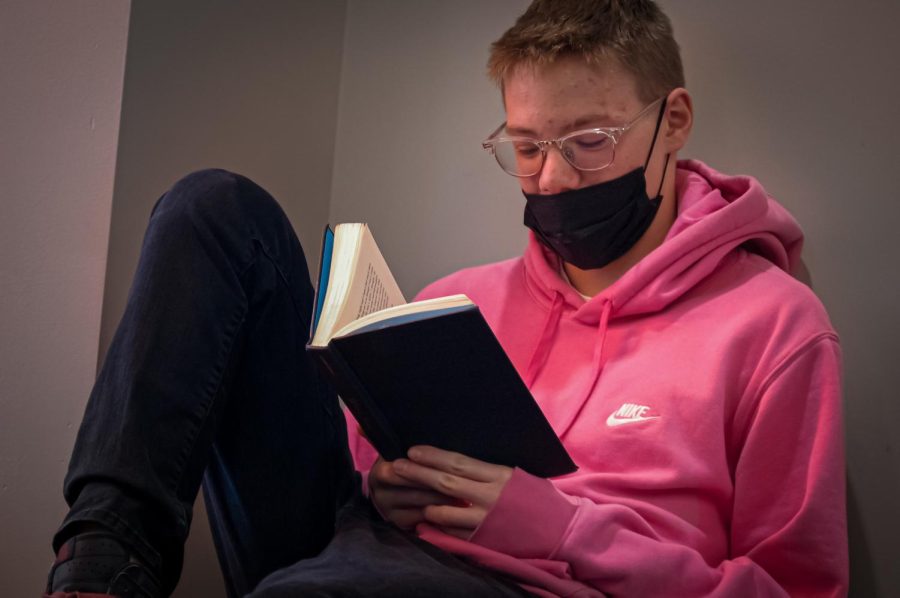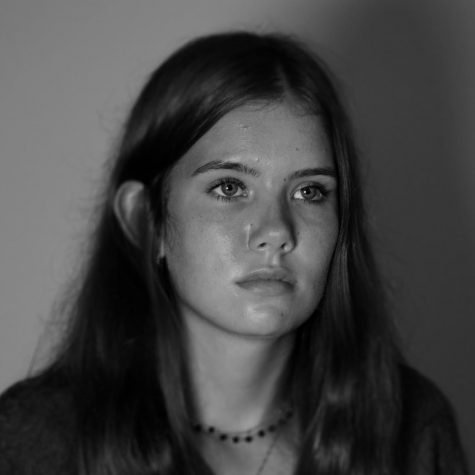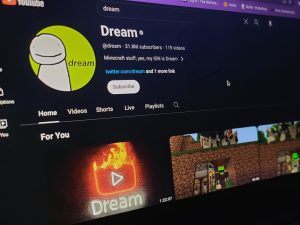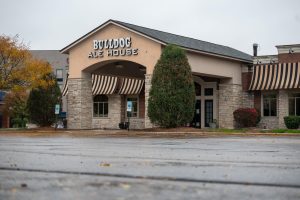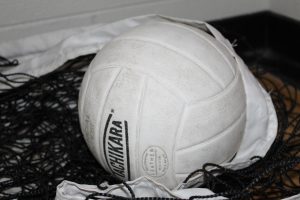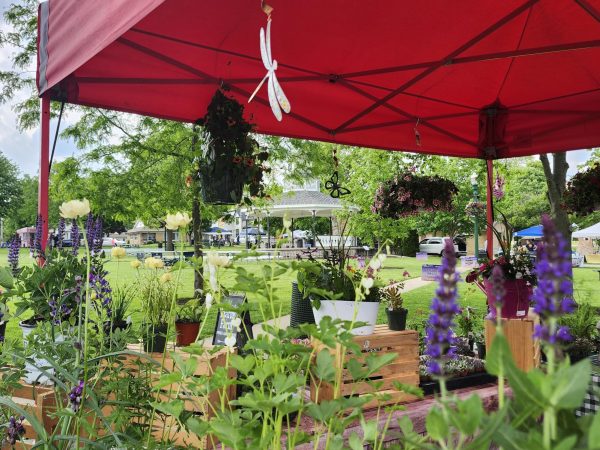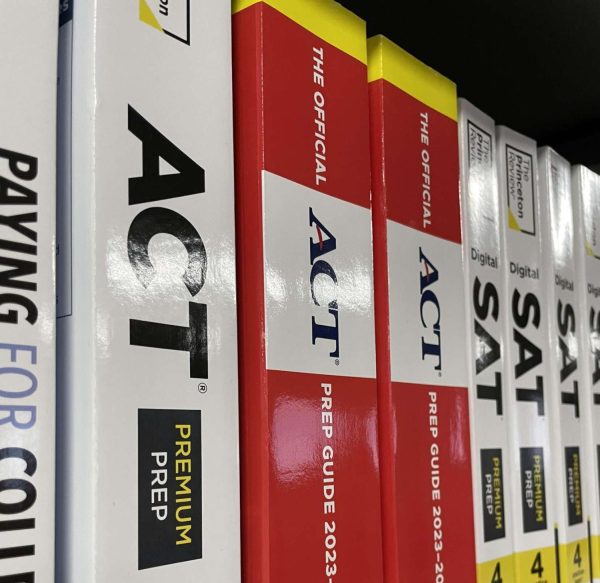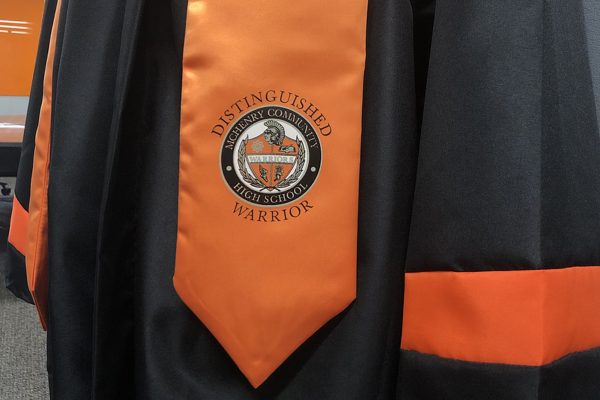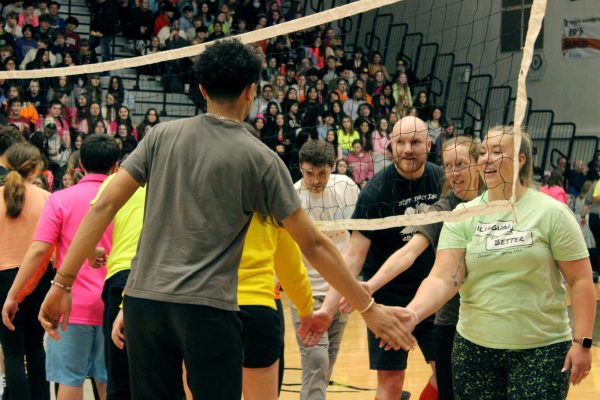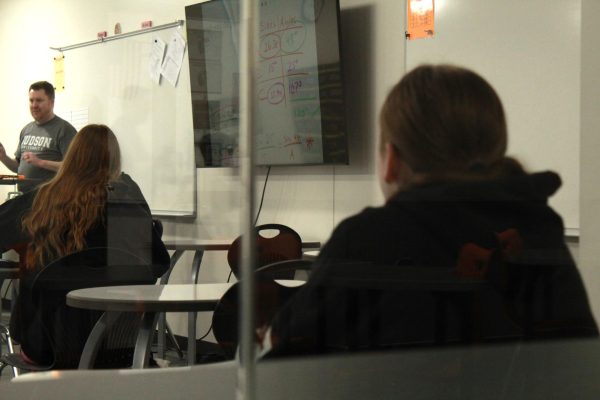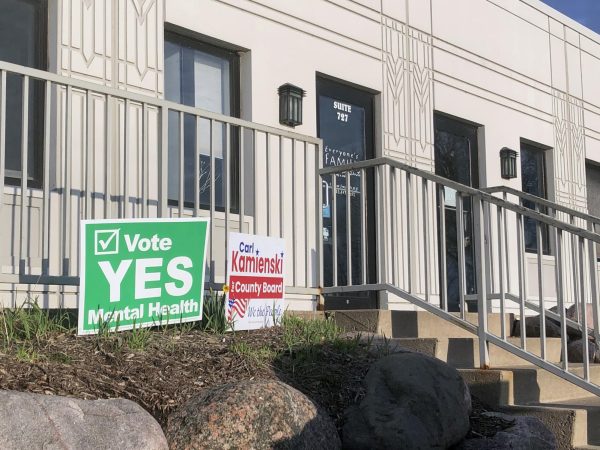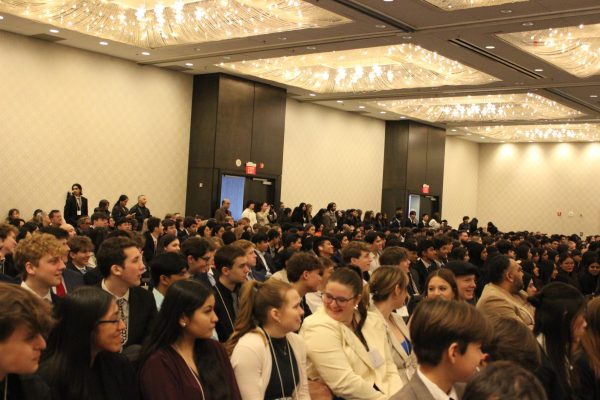Blended Learning faces new challenges as more students cut class
With more students blending in the hallways, identifying who is cutting class has become more of a challenge for staff
TJ South reads in the hallways at the Upper Campus during his blended class on Nov. 8.
November 12, 2021
Administration is weighing changes to the new blended learning system as a result of a higher number of students not reporting to class.
On Nov. 1 and 2, blended learning was put on pause to allow staff an opportunity to regroup and make sure students are where they need to be, as well as being able to send those not reporting to the cafeteria to the correct areas.
Blended learning began as a way to offer students more flexibility as learners. It also offers teacher more options to reach students, especially struggling students.
“I’m excited to see the new culture of blended learning grow and develop at McHenry High School,” says math teacher Jason Myhre. “I’m nervous about relinquishing some control in my classroom as students step up in a blended class to take more responsibility for their learning, but I am confident that students will rise to the occasion.”
Not all students have risen to the occasion, however. The primary reason to pause for two days was because of a much higher number of class cuts compared to previous school years.
“It’s a small group of students who aren’t going to class on a regular basis,” says Upper Campus Assistant Principal Gregory Eiserman. “And unfortunately, students who are doing what they’re supposed to, suffer the consequences, they don’t get to blend for two days.”
One thing the administration is looking into is a way to identify blended students, as it’s difficult to distinguish those supposed to be in the hallway and those skipping class.
“Maybe it’s a lanyard that you have to wear on a day that your teacher lets you, something like that,” Eiserman says. “We’re in those conversations as well, because the hard thing is you have a group of like 10 students right? Who does security talk to? We don’t want to be interrupting students every period every day.”
The second reason for the pause is the continued issue with students not reporting to the cafeteria for lunch. Many students are found up in the new extension, however the majority are not causing any trouble.
“They just didn’t want to be in a super crowded cafeteria,” says Eiserman. “There are some students who don’t always behave the best down there and they just wanted to get somewhere. Almost all of them were doing homework.”
Administration is having conversations concerning how to set up more supervised spaces for students to go during their lunch period.
“We’re trying to figure out what’s best for you guys, and what’s best for teaching staff realistically,” says Eiserman. “We don’t necessarily have a whole lot of hard answers yet, but I know we’re talking a lot about the lunch issue and a better way to identify blended kids right away.”



